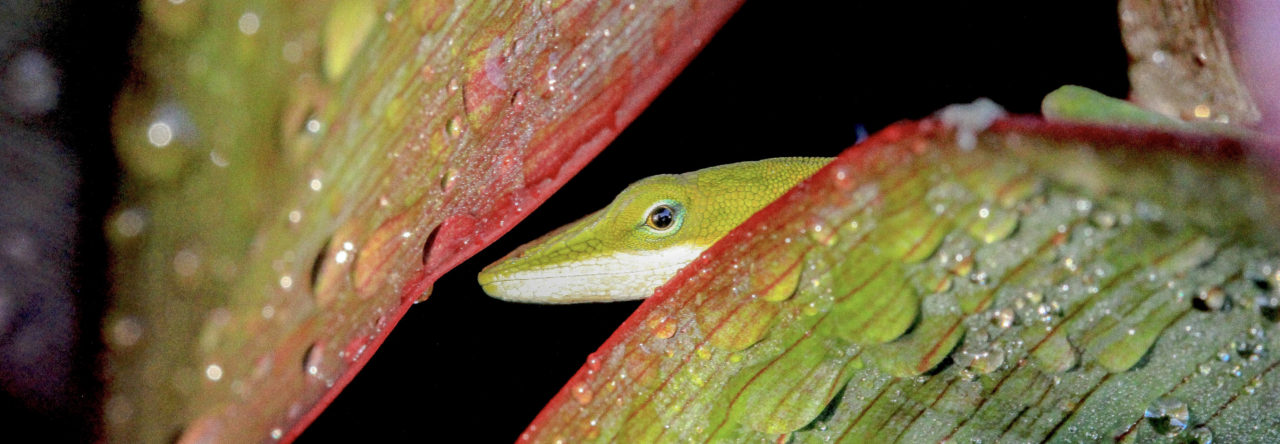In the last two days, I have received email requests from researchers studying various aspects of anole genomics, one asking for whole genomic DNA from A. carolinensis and the other for material derived from A. carolinensis embryos. These particular researchers are interested in, respectively, promoter elements in opsin genes and cerebral cortex development in the brain, with a particular interest in comparing brain transcriptomes from different species. I have received a number of similar requests in the last few months.
With the sequencing of the A. carolinensis, the first reptile to be sequenced, anoles are now on the radar screen of the comparative genomics community. This is a great thing both for understanding how genomes evolve in general, but also for how anoles evolve specifically. No doubt, this is the dawn of an exciting age in anole biology.
But these requests will no doubt continue to roll in, probably in increasing numbers. And, unlike many “model” organisms, there are not (at least not yet) anole stock centers or other resources to get the material needed for all kinds of studies. Providing genomic DNA is a trivial enterprise, and those of us doing relevant work should probably expect and be prepared for requests like these. But producing embryos for all kinds of developmental/genetic questions is another matter. There will be a need for material from anoles–initially A. carolinensis, but eventually others–at all life stages. We probably can’t expect genomicists to set up their own facilities to produce eggs and offspring (though maybe I don’t give them enough credit). My guess is that in the short term, it will fall on the anole community to provide this material.
- Evolution in Real Time on Lizard Island - March 23, 2025
- Spider Snags Adult Anolis osa - March 22, 2025
- An Homage to the Green Anoles of New Orleans - March 21, 2025


Rich Glor
We have hundreds of live A. distichus at all stages of development and would consider sacrificing the occasional animal for other studies, but this species likely won’t be of interest to folks who are looking to exploit the carolinensis genome.